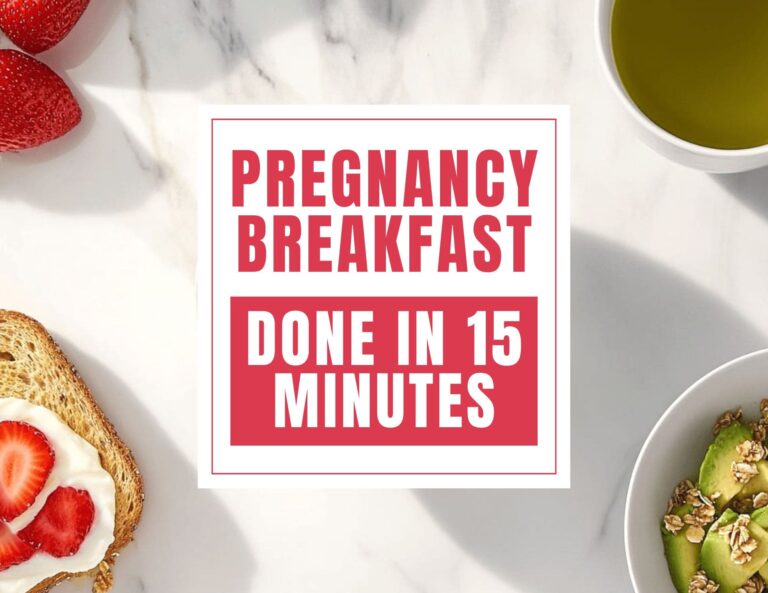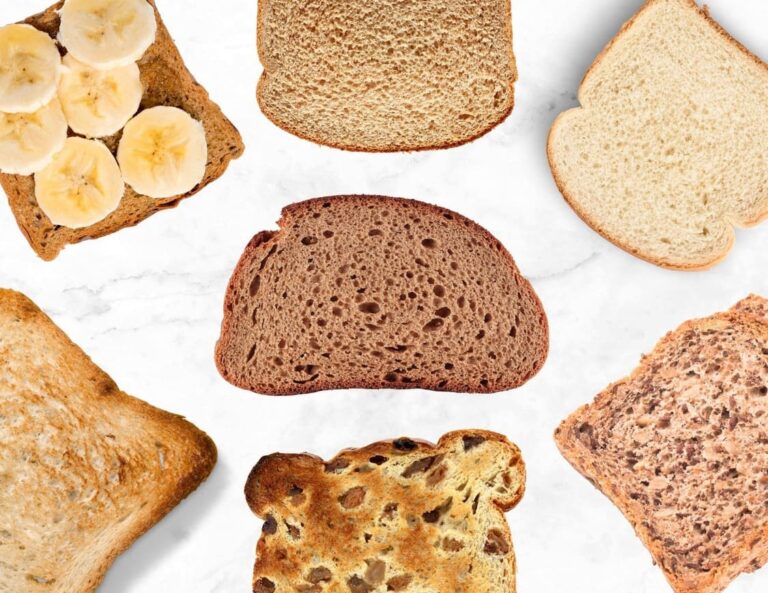15 Flours with the Lowest Glycemic Index – Pros & Cons, Nutrition Comparison
This post may contain affiliate links. That means if you click and buy, I may receive a small commission (at zero cost to you). Please see my full disclosure policy for more details.
Learn more about 15 types of flour with the lowest glycemic index ever!

All-purpose flour is the go-to staple in many kitchens, and I absolutely adore it for deep frying and baking.
But when I found out that it has a glycemic index (GI) of 85, I realized it was causing those pesky blood sugar spikes during my journey with prediabetes and gestational diabetes.
My first successful transition was trying out the almond flour from Blue Diamond Almonds. It allowed me to enjoy my favorite recipes without the guilt.
Then, I discovered more types of flour with the lowest glycemic index. From fan favorites like coconut and chickpea flour to some lesser-known gems like psyllium husk.
Each brings its own unique flavor and texture, making it easier to whip up delicious meals and treats that won’t disrupt your well-being.
Say goodbye to boring options and hello to a world of nutritious possibilities!
What is Glycemic Index?
The glycemic index (GI) is like a speedometer for carbohydrates, measuring how quickly they raise blood sugar levels.
Low-GI foods (55 or less) release glucose gradually, maintaining steady energy levels—perfect for managing diabetes. In contrast, high-GI foods (70 or above) cause rapid blood sugar spikes and crashes that can leave you drained.

When it comes to flour choices, it’s best to opt for flour with the lowest glycemic index, over all-purpose, cake, or white flour.
Learn more: Glycemic Index of Over 650+ Foods (with printable food list PDF)
Top 15 Flours with the Lowest Glycemic Index
Which flour is the healthiest?

Disclaimer: The nutritional data listed are for informational purposes only and may vary based on factors such as preparation methods, brand differences, and individual responses to foods. Always consult with a healthcare professional or nutritionist before making significant dietary changes. This information is not a substitute for professional medical advice, diagnosis, or treatment.
Which flour is best for diabetics?
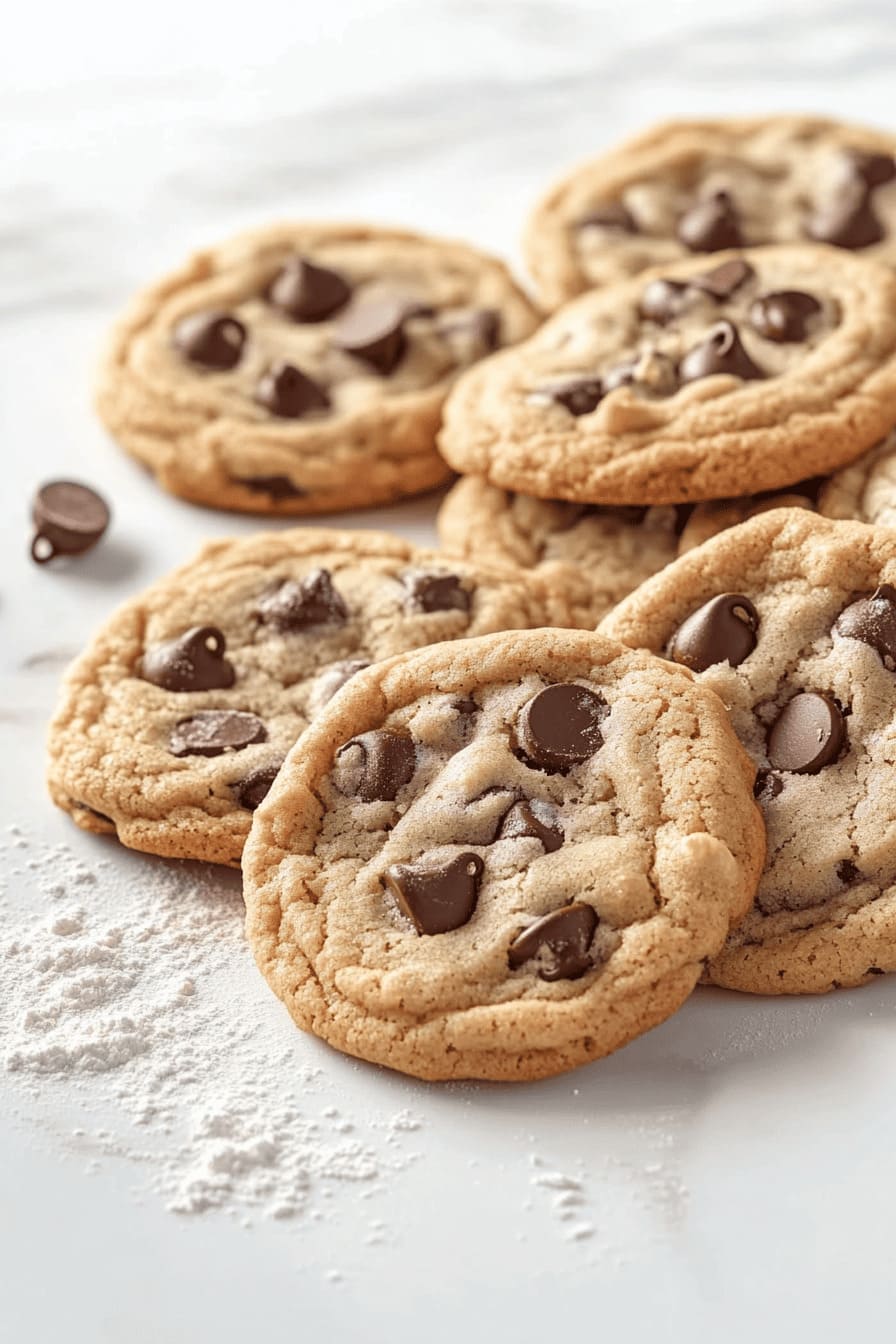
1. Almond Flour – GI 0
Made from finely ground almonds, almond flour is a low-carb, gluten-free flour with a nutty taste. Popular in gluten-free and keto baking for cookies, cakes, and bread, also used as a low-carb coating for savory dishes.
- Pros: Low-carb, high in protein and healthy fats, gluten-free, versatile for baking.
- Cons: Expensive, high-calorie, can be dense in baked goods, may require additional eggs or leavening agents.
- Popular Brands: Blue Diamond, Bob’s Red Mill, Kirkland Signature
Did you know almond flour can actually help you reduce the amount of sugar needed in recipes? Its natural sweetness lets you cut back on added sugar without compromising flavor.
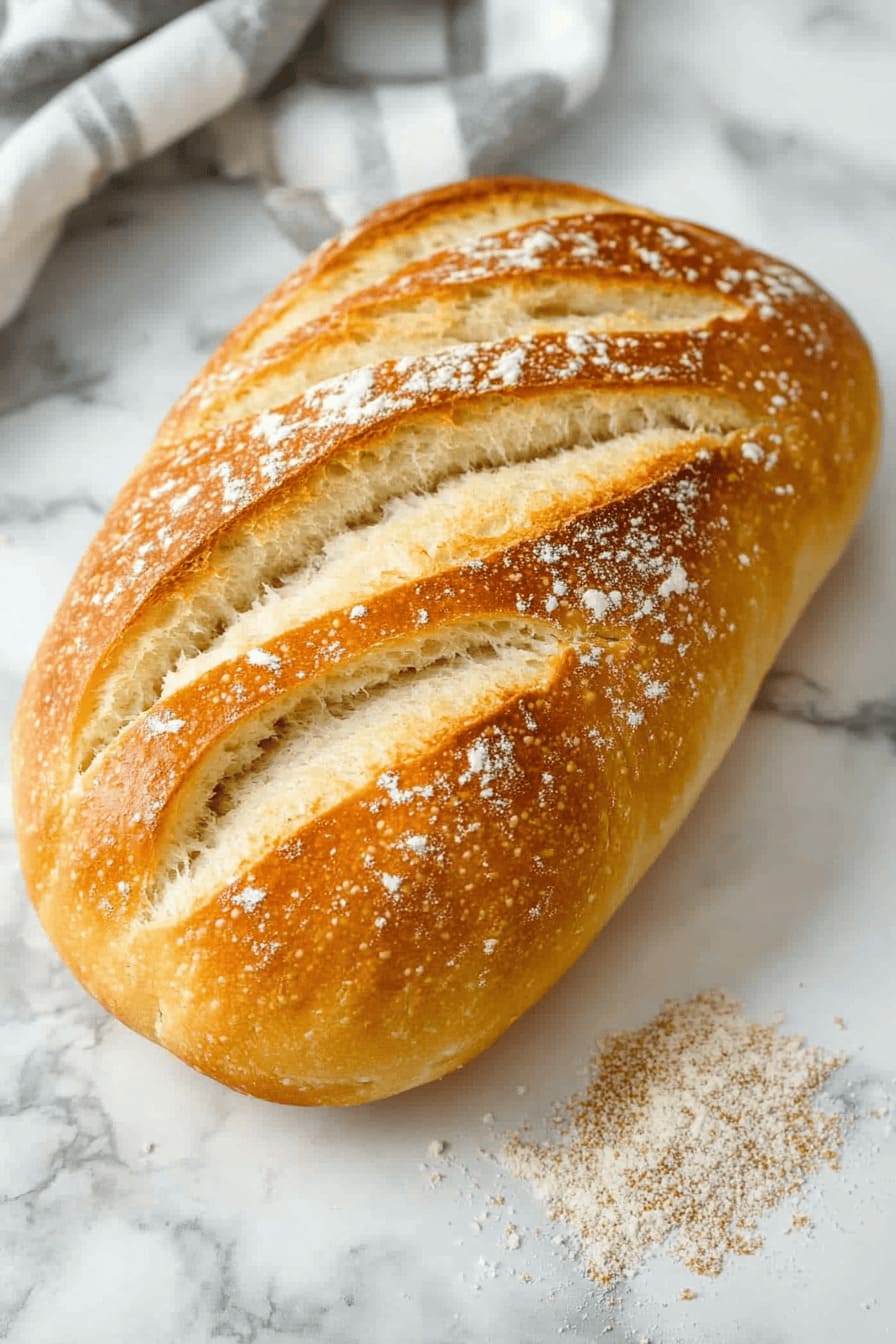
2. Psyllium Husk – GI 0
Derived from the husks of psyllium seeds, this flour is almost entirely fiber, often used as a thickener and binder. It’s commonly added in small amounts to gluten-free recipes to improve texture and structure, and in keto baking for added volume.
- Pros: High in fiber, excellent for digestion, helps control blood sugar, can add volume to baked goods without carbs.
- Cons: Limited use in baking due to lack of flavor and structure, often used only in small amounts as a thickener.
- Popular Brand: Terrasoul Superfoods
3. Lupin Flour – GI 15
Made from lupin beans, this high-protein, low-carb flour is popular in keto and gluten-free diets. Often blended with other flours to balance its slightly bitter taste.
- Pros: High in protein and fiber, low-carb, gluten-free, improves texture in gluten-free baking.
- Cons: Bitter taste in large quantities, limited availability, can cause digestive issues for some people.
- Popular Brand: Carrington Farms, Modern Mountain
4. Soy Flour – GI 25
A protein-rich flour made from ground soybeans, often used in low-carb and gluten-free recipes.
- Pros: High protein content, good source of fiber and essential amino acids, affordable.
- Cons: Distinct soy flavor, potential allergens, may alter the taste and texture in some recipes.
- Suggested Brand: Scratch
Did you know soy flour has 4 times the protein of all-purpose flour? It’s a hidden powerhouse for anyone needing a protein boost in pancakes or cookies.
5. Lentil Flour – GI 25
Made from ground lentils, this flour is gluten-free and has a mild taste suitable for both sweet and savory dishes.
- Pros: High in protein and fiber, gluten-free, mild flavor, versatile in both sweet and savory dishes.
- Cons: Can be slightly dense, limited availability, may need additional moisture or binding agents in baking.
- Suggested Brand: Food to Live
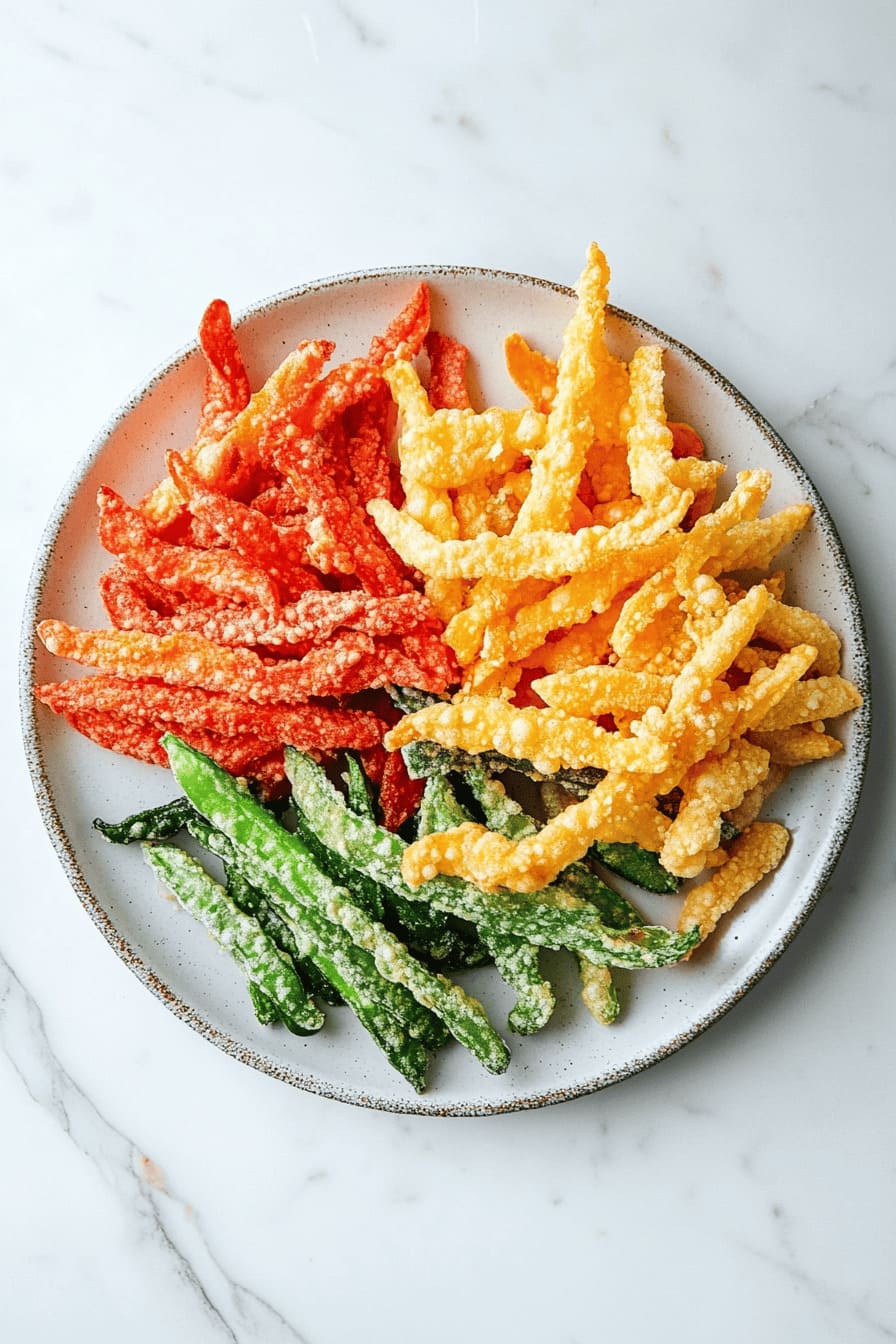
6. Chickpea Flour – GI 35
Also known as gram flour, this is a versatile, high-protein flour made from ground chickpeas. Known for binding, chickpea flour is used in gluten-free recipes like socca, falafel, and savory pancakes.
- Pros: High in protein and fiber, gluten-free, affordable, neutral taste.
- Cons: Dense texture, can have a slight bean flavor, not ideal for all baking applications without blending with other flours.
- Suggested Brands: Anthony’s, Bob’s Red Mill
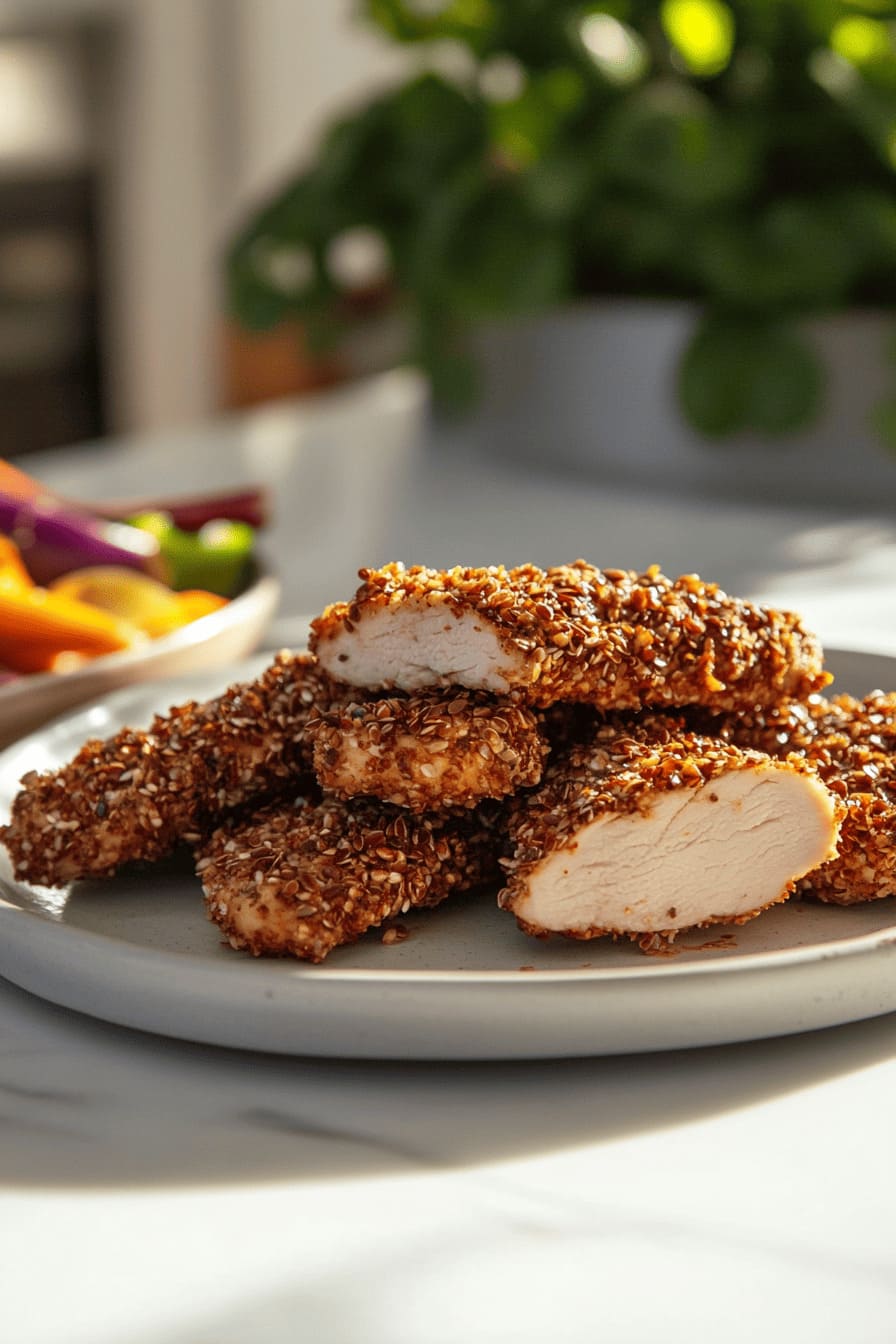
7. Flaxseed Meal – GI 35
Ground from flaxseeds, this flour is rich in omega-3s and fiber, often used as an egg replacement in vegan baking.
- Pros: Rich in omega-3 fatty acids, high in fiber, good egg substitute in vegan baking, helps with digestion.
- Cons: Has a strong flavor, prone to going rancid if not stored properly, limited in its ability to provide structure alone.
- Popular Brand: Bob’s Red Mill
8. Quinoa Flour – GI 40
Made from ground quinoa seeds, this gluten-free flour has a nutty flavor and a high nutrient profile. Often blended with other flours.
- Pros: High in protein, fiber, and essential amino acids, gluten-free, mild nutty flavor.
- Cons: Slightly bitter taste, more expensive than other flours, works best when combined with other flours.
- Suggested Brand: LiveKuna, Bob’s Red Mill, Blue Mountain Organics
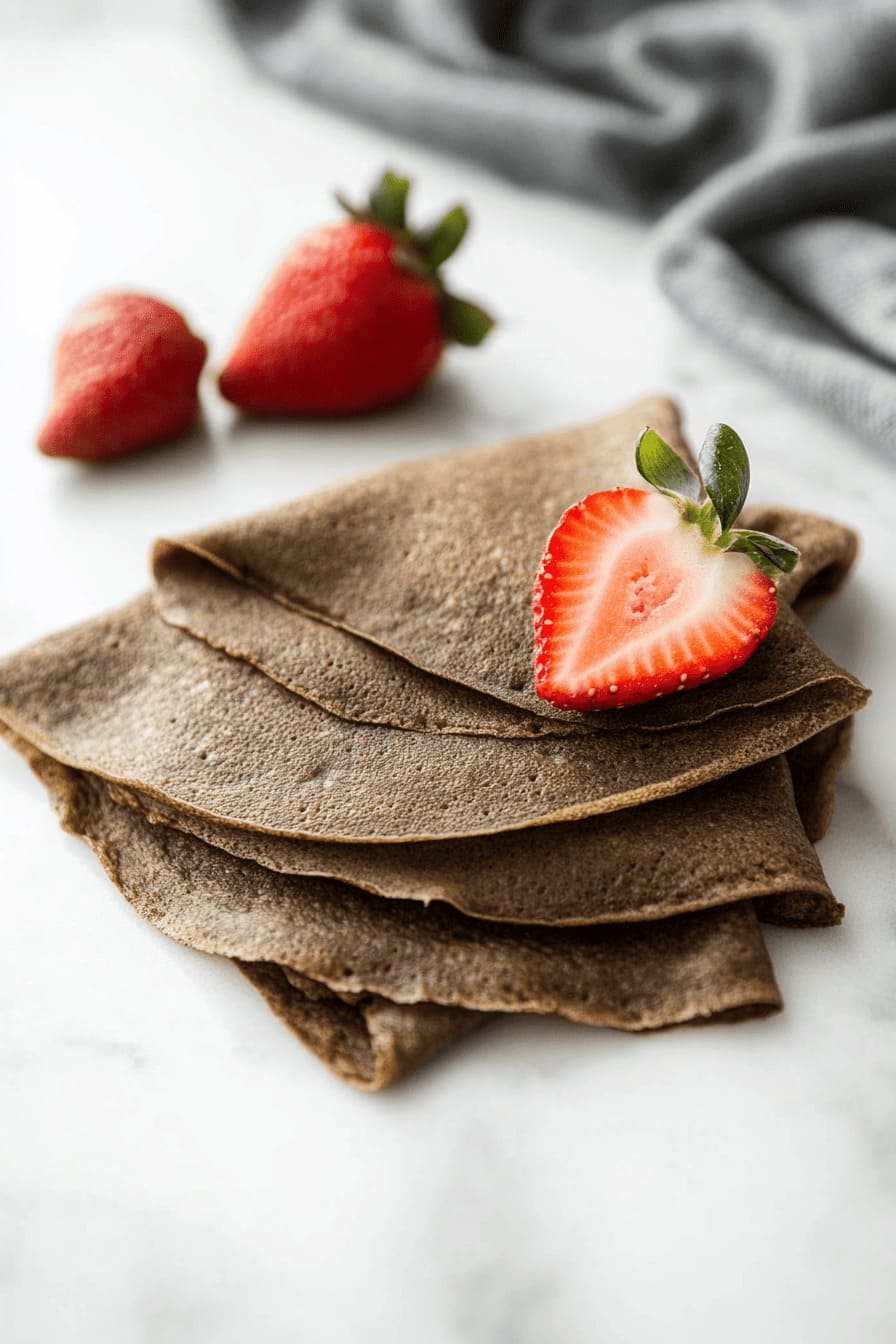
9. Buckwheat Flour – GI 40
Despite the name, buckwheat flour is gluten-free and has a robust, earthy flavor, great for savory dishes.
- Pros: High in fiber and antioxidants, gluten-free, robust flavor, suitable for pancakes and quick breads.
- Cons: Strong flavor not suitable for all recipes, can create a dense texture, limited versatility.
- Popular Brand: Bob’s Red Mill
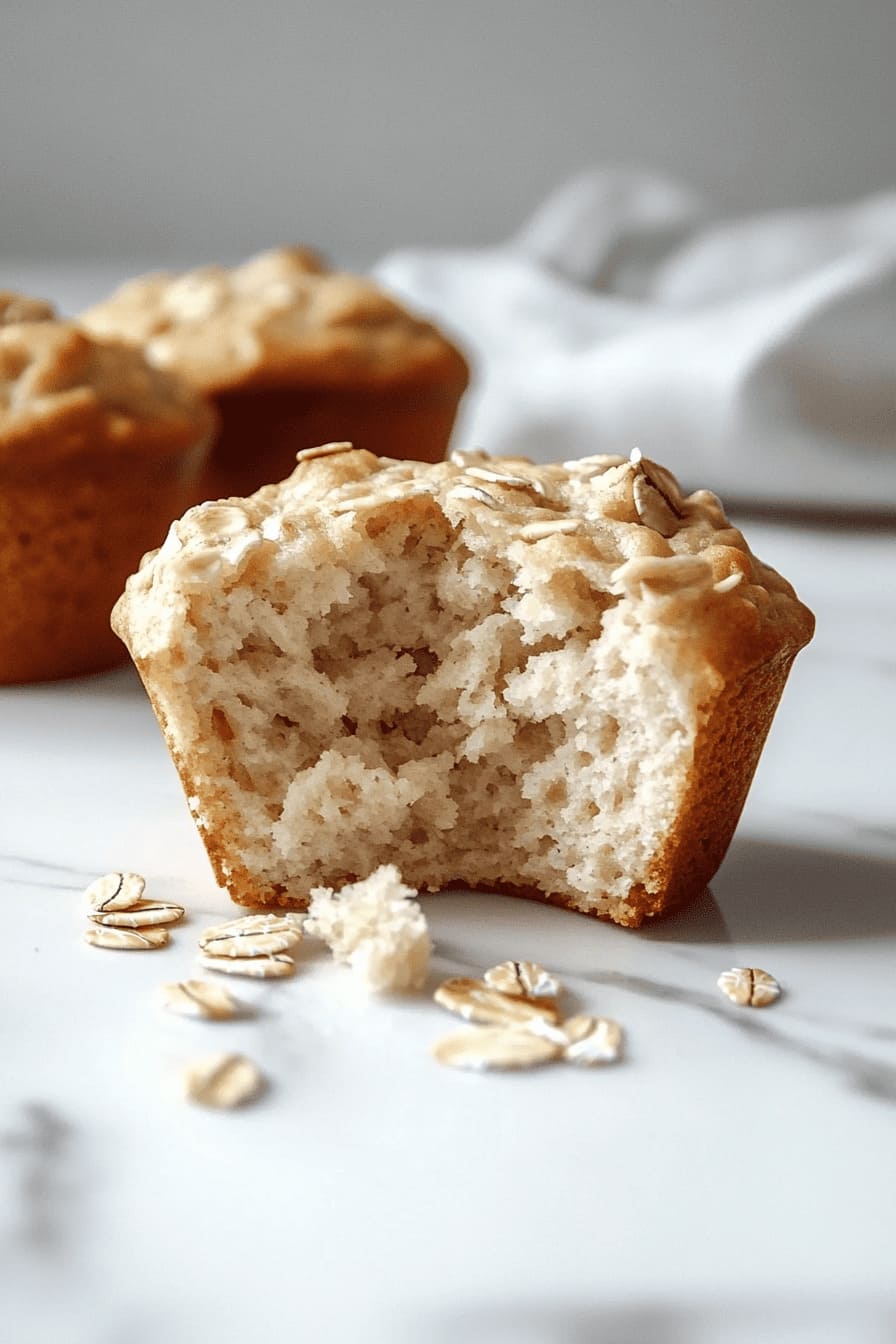
10. Oat Flour – GI 45
Made from ground oats, this flour is versatile, with a mild taste and good binding qualities.
- Pros: Good source of fiber and nutrients, mild flavor, versatile in baking, gluten-free if certified.
- Cons: Absorbs moisture, requires blending with other flours for structure, moderate GI.
- Popular Brands: Arrowhead Mills, Bob’s Red Mill
Oats naturally contain beta-glucan, a unique type of fiber that’s been shown to lower cholesterol.
11. Oat Bran – GI 50
Made from the outer layer of the oat kernel, this flour is high in soluble fiber and offers a mild, nutty flavor.
- Pros: High in soluble fiber, helps reduce cholesterol, adds moisture to baked goods.
- Cons: Higher GI compared to other options, can’t fully replace flour in recipes, limited shelf life.
- Popular Brand: Bob’s Red Mill
12. Coconut Flour – GI 51
A gluten-free, high-fiber flour made from dried coconut meat, it’s popular in low-carb baking.
- Pros: High in fiber, low-carb, gluten-free, adds natural sweetness to recipes.
- Cons: Absorbs a lot of liquid, can create dense and crumbly textures, requires recipe adjustments, distinct coconut flavor.
- Popular Brands: Viva Naturals Organic, Bob’s Red Mill
Coconut flour is so absorbent that it soaks up three times more liquid than traditional flour. A little goes a long way, so recipes only need about a quarter of the amount!
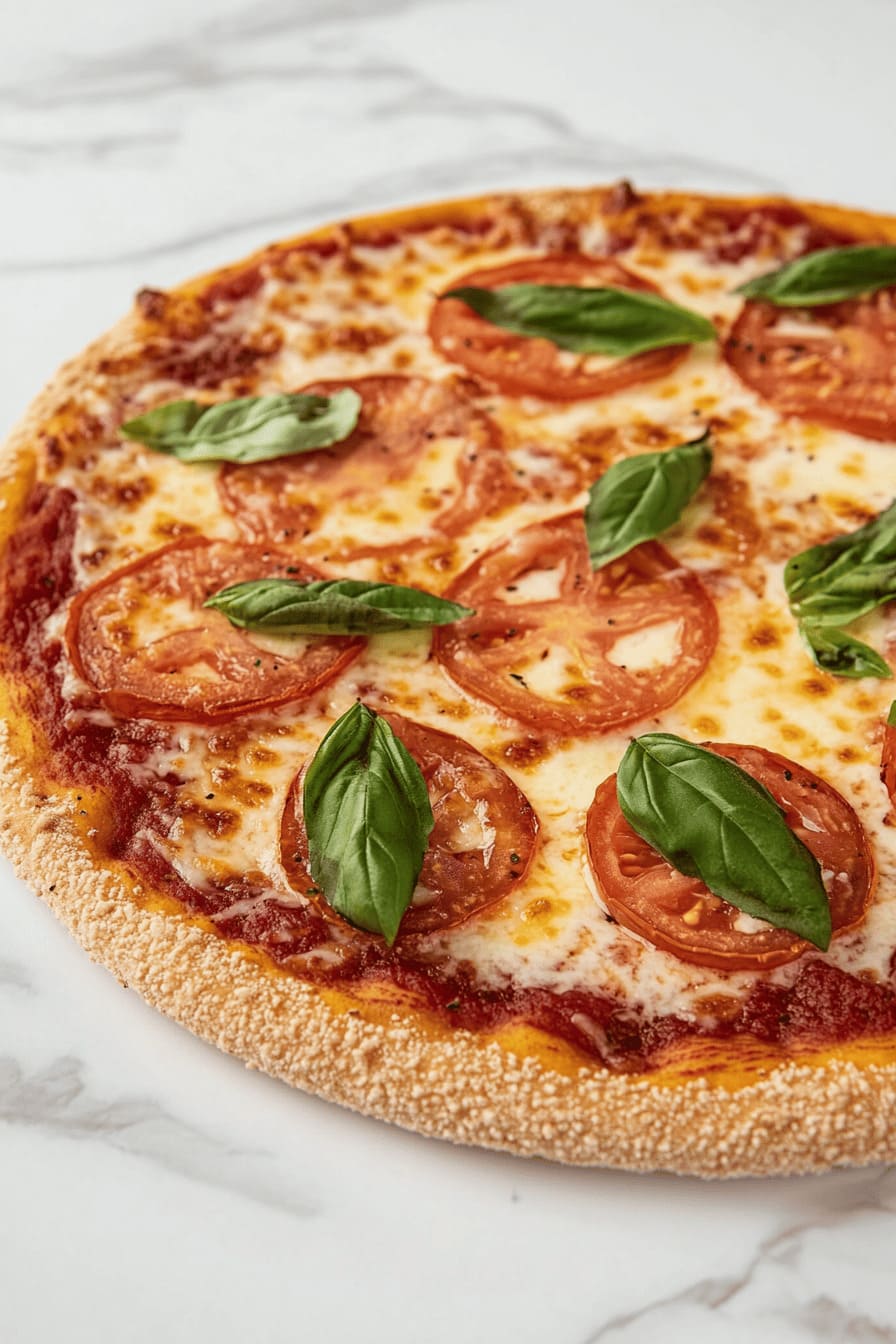
13. Spelt Flour – GI 55
An ancient wheat variety, spelt flour is higher in fiber and protein than regular wheat, with a mild nutty taste. Commonly used in bread, muffins, and pasta for a lighter alternative to whole wheat.
- Pros: Contains more fiber and protein than regular wheat, milder flavor, light airy texture similar to all-purpose flour, and versatile in baked goods.
- Cons: Contains gluten, higher GI than some alternatives, can result in crumbly texture in gluten-free baking.
- Popular Brand: Arrowhead Mills Organic
14. Chestnut Flour – GI 65
A gluten-free flour with a naturally sweet, nutty flavor, made from ground chestnuts.
- Pros: Naturally sweet, gluten-free, good for quick breads and pancakes, lower in fat than nut flours.
- Cons: High GI, limited availability, more costly, strong flavor not ideal for all recipes.
- Suggested Brand: Fresh & Wild

15. Whole Wheat Flour – GI 69
Made from the whole wheat kernel, this flour retains more fiber and nutrients compared to white flour.
- Pros: High in fiber, more nutrients than white flour, affordable, works well in most recipes without significant taste alteration, similar texture to all-purpose flour.
- Cons: Higher GI than other flours, contains gluten, can make baked goods dense.
- Popular Brands: Fiber Gourmet, King Arthur, Bob’s Red Mill
Whole wheat flour is high in bran, which contains phytochemicals that can have antioxidant properties. It’s nutritionally dense but often overlooked!
How to Use Low-GI Flours in Everyday Cooking

- Mix with Regular Flours: Combine flour with the lowest glycemic index, like almond or chickpea flour with all-purpose flour to lower the overall glycemic index while maintaining texture. Start with a 25% substitution and adjust to taste.
- Flour Blends: Create versatile blends for various recipes:
- Almond and Coconut Flour: This blend works well for cookies and muffins, providing moisture and a hint of sweetness.
- Buckwheat and Oat Flour: Perfect for pancakes and crepes, this combination adds nuttiness and a hearty texture.
- Chickpea and Brown Rice Flour: Great for making gluten-free bread or pizza dough, offering a protein boost.
- Spelt and Whole Wheat Flour: Use this mix for denser baked goods like bread, enhancing flavor and nutrition.
- Quinoa and Almond Flour: Excellent for adding to smoothies or baking, this blend contributes protein and healthy fats.
- Thicken Sauces and Soups: Use chickpea or lentil flour to thicken sauces and soups instead of higher-GI options like cornstarch. This adds nutritional value without spiking blood sugar.
- Coating for Frying: Substitute all-purpose flour with almond or coconut flour when breading meats or vegetables for a crunchy coating.
- Pasta Alternatives: Make homemade pasta using low-GI flours like lentil or chickpea flour for a nutritious twist.
- Nutritious Baked Goods: Incorporate low-GI flours in baked goods like muffins, bread, or cookies for a healthier option that still tastes great.
High-GI Flours to Avoid
With a glycemic index of at least 70, these flours are staples in many kitchens but are one of the worst offenders when it comes to raising blood sugar levels:
- All-Purpose Flour (GI = 85)
- Cake Flour (GI = 85)
- White Flour (GI = 85)
- Pastry Flour (GI = 85)
- Cornstarch (GI = 85)
- Potato Flour (GI = 95)
- Rice Flour (GI = 95)
- Sorghum Flour (GI = 70)
- Tapioca Flour (GI = 70)
- Millet Flour (GI = 70)
- Sweet Rice Flour (GI = 90)
- Wheat Flour (GI = 85)
Disclaimer: The nutritional data listed are for informational purposes only and may vary based on factors such as preparation methods, brand differences, and individual responses to foods. Always consult with a healthcare professional or nutritionist before making significant dietary changes. This information is not a substitute for professional medical advice, diagnosis, or treatment.
Frequently-Asked Questions
Best flour for diabetics to bake with?
Almond flour, coconut flour, and spelt flour. Almond flour and coconut flour add moisture and flavor, while spelt flour closely resembles all-purpose flour, making it versatile for various baked goods.
What is the best flour for low GI bread?
The best flour is spelt flour. It closely resembles all-purpose flour and provides a good balance of lower GI while maintaining the properties needed for bread-making.
What is the lowest carb flour?
Almond flour has the lowest carb content among flours, with just 6 grams of carbohydrates per 1/4 cup. This is almost four times less than all-purpose flour.
Conclusion
So, whether you’re baking, frying, or simply cooking up a storm in the kitchen, don’t overlook the power of flour with the lowest glycemic index.
They can be your secret weapon in creating mouthwatering meals without compromising your health.
And if you want to take it a step further, grab my comprehensive low glycemic index food list featuring 650+ foods!
This handy guide includes everything from vegetables and fruits to grains, proteins, oils, condiments, sweeteners, and even common dishes.
It’s your ultimate resource for making healthier choices without sacrificing flavor!


